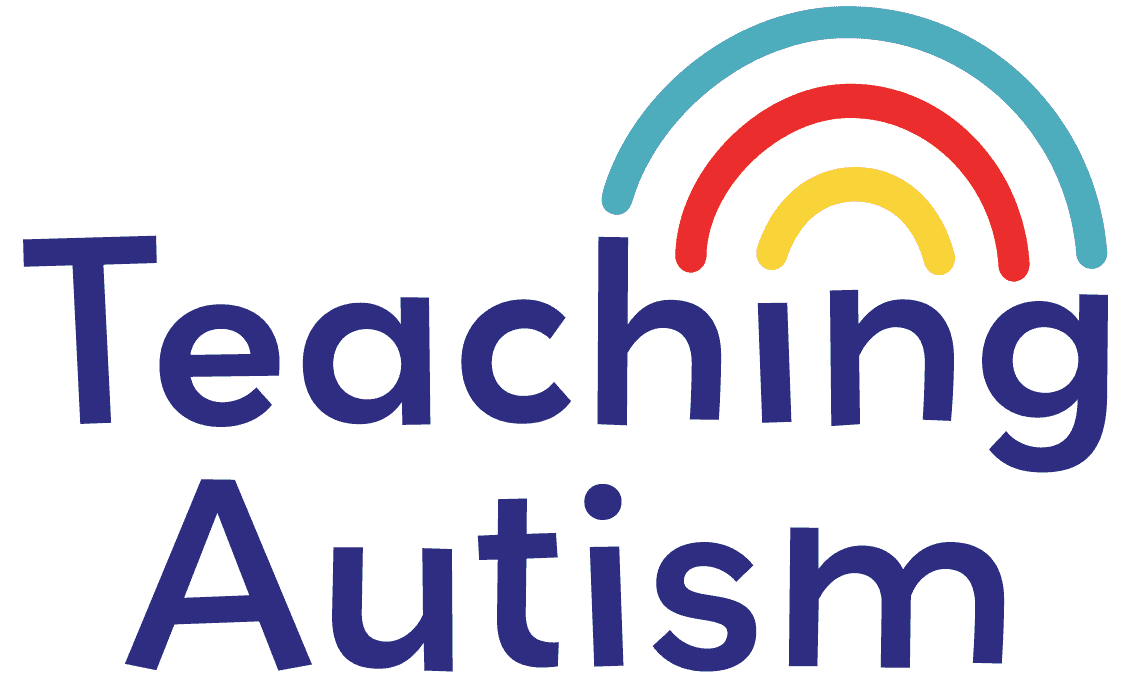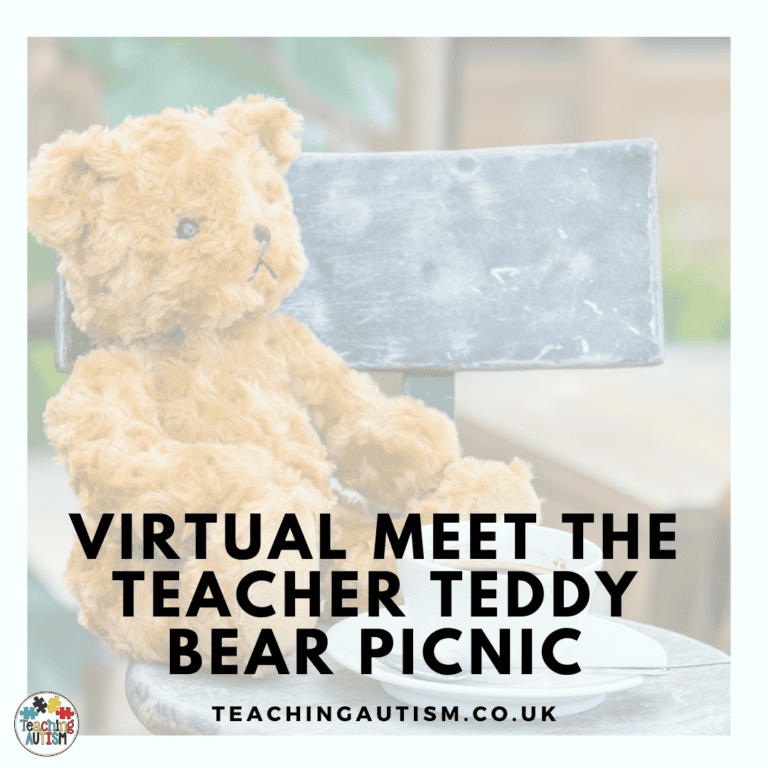20 Ideas for Back to School Night
I know some of us are still deep in summer mode or even wrapping up the previous school year. so thinking about Back-to-School Night may be the last thing on your mind. But for me? I always like to be prepared.
I’m definitely one of those people who’s either super organized weeks ahead or… burying my head in the sand until I’m panicking the night before. (Can you relate?!) That’s why I’ve pulled together this list of 20 tried-and-true Back to School Night ideas – also called Meet the Teacher Night at many schools. I hope this helps you plan a fun, welcoming, and stress-free evening that will set a positive tone for the whole year!
If you’re looking for something to really help you stand out this year… Check out my meet the teacher night escape room. I guarantee you, your staff, your students and their families will love it!
Why Back to School Night Matters
Back to School Night is one of the first opportunities you have to build trust and strong connections with your students and their families. It’s about much more than just sharing classroom rules, it’s your chance to:
- Welcome families warmly
- Help students feel excited and comfortable
- Clarify expectations
- Set the tone for a year of positive communication
When families feel connected to you and your classroom, they’re more likely to stay involved and supportive all year long. So let’s make it a night to remember!
1. Introduce Yourself
Don’t be afraid to let your personality shine! Families want to know the person their child will be spending so much time with. I love creating a fun Meet the Teacher poster with a few personal tidbits:
- Where you’re from
- How long you’ve been teaching
- Your hobbies/interests
- Your teaching philosophy
- A fun “get to know me” fact (favourite snack? pet’s name? coffee order?)
You can also create a Meet the Teacher brochure for families to take home, this gives them something to refer back to after the event.
Including things like your hobbies, interests, likes, dislikes can also make you feel more relatable to students and their families too. This will help to break the ice and start building those important relationships.
2. Take a Tour
A classroom and school tour can do wonders to ease first-day jitters. Walk families through your space, point out important areas (like the reading corner, cubbies, sensory area, bathroom procedures), and if possible, take a short tour of the wider school (cafeteria, playground, nurse’s office).
Pro tip: Let students lead their family on the tour if they’re comfortable, this empowers them and builds ownership of the space.
3. Daily Schedules and Routines
Families really appreciate knowing what their child’s day will look like – especially for neurodivergent students or those who struggle with transitions. Post a visual daily schedule on the wall, and send home a simple version in your welcome packet.
I also like to talk families through transition times, movement breaks, quiet spaces, and how we help students feel safe and supported throughout the day.
4. Explain the Curriculum and Learning Goals for the Year
Many families feel anxious about asking “what will my child learn this year?”
So take the guesswork out of it! Share a simple overview of the curriculum, highlight key themes, and mention any special projects, field trips, or hands-on learning experiences. If you use a theme-based approach or follow a scope and sequence, this is a great time to showcase it.
5. Discuss Classroom Rules and Expectations
Visual rules are key! I display our classroom expectations using positive language (“We are kind,” “We listen with respect”). Explain how you teach and reinforce these rules – and how families can support them at home.
6. Demonstrate a Lesson or Activity
I love using my meet-the-teacher night escape room for this – it gives families a peek at how we incorporate:
- Hands-on learning
- Differentiated instruction
- Teamwork
- Movement
You could also demonstrate a simple art project or literacy game, families love seeing what their child will experience.
7. Share Examples of Previous Work
Nothing helps families understand your teaching style like seeing actual student work!
Display projects, photos of past activities, and classroom displays to give a visual preview of the year ahead.
8. Discuss Communication
Open communication is key to a successful year. Take time to explain:
- How you’ll send updates (email, apps, newsletters)
- How families can contact you
- Preferred times/methods for communication
You can also use this opportunity to collect contact preferences and ask about any communication barriers (translation needs, tech access, etc.).
9. Provide Materials for Students to Use at Home
I love sending fun get-to-know-you activities like my:
These build connection and give students a chance to share about themselves during the first week.
10. Share Volunteer Opportunities and Information to Support Your Classroom
Families want to help – but they often don’t know how. I like to display a Volunteer Opportunities board where families can sign up for:
- Field trip chaperones
- Material donations
- Event prep (costumes, class parties)
- Guest readers
- Career day speakers
Even families with limited time can often contribute in small ways if you offer a variety of options.
11. Answer and Address Concerns
Dedicate time for open Q&A – both from families and students!
Normalize that first day nerves are completely okay. I always emphasize that I’m here to support both the student and the family through transitions.
12. Sign-In Sheets are a Must!
A must-have! I place sign-in sheets right by the door so I can collect:
Notes on anything important families want me to know
- Names
- Contact info
- Preferred communication methods
- Notes on anything important families want me to know
13. Provide a List of Important Dates and Events
Send home a calendar with key dates:
- Early release days
- School holidays
- Field trips
- Performances/events
- Testing dates
Families appreciate having this early so they can plan ahead.
14. Paperwork Station
Think carefully about your paperwork station. How can you make it family-friendly?
- Provide clipboards so families can fill forms anywhere in the room
- Set up a kid corner nearby with books, toys, or coloring pages so kids can play while adults complete forms
- Offer light refreshments here too – a cup of coffee or juice goes a long way!
15. School Policies and Procedures
If your school has lengthy handbooks, create a simple one-page summary with key highlights (arrival/dismissal, attendance, safety procedures). Families are more likely to read and absorb condensed info.
16. Extracurricular Activities and Clubs
Promote extracurriculars! Have club leaders attend or provide flyers so families know what’s available.
If your students can participate in sports, music, or art clubs, this
17. FAQs
If you’ve taught a few years, you already know the top frequently asked questions. Create an FAQ handout or display board so families can quickly find answers.
18. Welcome Packet
I prepare a Welcome Packet for each student in a file folder. Inside I include:
- Fun welcome letter from me!
- Class schedule
- Curriculum overview
- Important dates
- Contact info
- Communication plan
19. Purchase Station
If your school sells uniforms, gym kits, or spirit wear, set up a Purchase Station (or Sizing Station).
Families can try on items and fill out order forms. This prevents a lot of sizing issues and returns later on!
20. Refreshments and Snacks
Never underestimate the power of snacks! A simple table with drinks and finger foods encourages mingling and breaks the ice. It also opens opportunities to discuss dietary needs or allergies.
Back to School Night is one of my favorite parts of the school year. It’s your chance to welcome families warmly, build trust, and set a positive tone for the year ahead.
I hope these ideas help you feel a little more prepared (and a lot less panicked!).
What tips do you have for Meet the Teacher Night? I’d love for you to share in the comments below, let’s inspire each other!
Helpful Links
You may also be interested in;
- What to Do on the First Day of School
- Tips for Setting Up a Welcoming and Inclusive Classroom Environment
- Special Education Google Drive for Back to School
If you found this blog post helpful, please consider sharing it with your friends and colleagues on social media, it helps more teachers find support, and it means the world to me and my little family too.
And if you haven’t already, be sure to check out my Free Resource Library for tons of classroom tools, visuals, and printables to make your teaching life easier (and a whole lot more fun!).
P.S. Have you signed up for my VIP membership yet? If not, head on over and sign up now. You’ll get access to hundreds and hundreds of resources, templates, crafts and more being uploaded every month!
Nikki








This will be my first year as a teacher, but an idea I have is yo do a little fun kid questionnaire for the parents, so you get an idea beforehand of their interests!